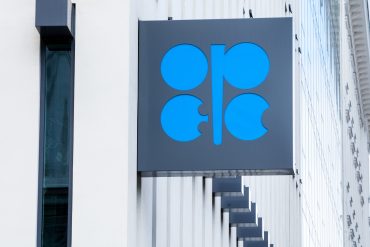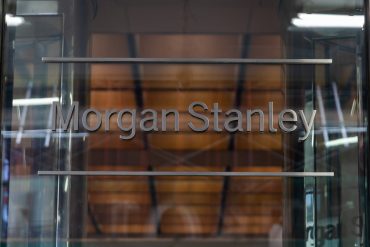
- Commodities
- Energy Markets
- OPEC+
OPEC+ Production Falls Short as Oil Prices Rise to $73
5 minute read

OPEC+ oil production shortfalls create market uncertainty as member nations struggle to meet coordinated output targets
Three Key Facts
- OPEC+ production falls short of targets – The cartel increased output by only 154,000 barrels per day against a planned 411,000 barrels last month as members compensated for previous over-production
- Oil prices climb to $73 per barrel – US crude futures rose significantly following Israeli attacks on Iran, though OPEC’s secretary-general maintains no immediate action is needed as Iran’s exports remain unaffected
- Kazakhstan exceeds quota by 400,000 barrels daily – Eight OPEC+ nations’ total output surpassed targets by nearly 400,000 barrels per day, creating friction with Saudi Arabia over compliance issues
Introduction
OPEC+ faces mounting pressure to balance market stability with member compliance as the oil cartel navigates production quotas amid geopolitical tensions. The organization’s recent production decisions reveal significant challenges in coordinating output among member nations while responding to external market pressures.
Key member countries increased oil production less than expected last month, highlighting persistent issues with quota compliance. The shortfall occurs as markets react to regional conflicts and changing global demand patterns.
Key Developments
OPEC+ members delivered only 154,000 barrels per day of increased production against their planned 411,000 barrels target last month. The shortfall stems from ongoing efforts to address previous over-production by several member nations.
Iraq, the United Arab Emirates, and Russia made notable output adjustments as part of compensatory measures. Kazakhstan and Iraq reduced production by 21,000 and 49,000 barrels respectively, while Russia maintained stable production levels to honor its compensation pledge.
Saudi Arabia, leading the group’s compliance efforts, raised production by 177,000 barrels per day while adhering to its quota. The kingdom continues encouraging accelerated output revival to address non-compliance issues and reclaim market share following supply constraints.
Market Impact
Oil prices initially softened following OPEC’s measured approach to production increases. However, recent Israeli attacks on Iran unsettled markets, pushing US crude futures to approximately $73 per barrel.
Global benchmark Brent trades at $66.45 per barrel, down 11% in 2025. Morgan Stanley forecasts prices at $57.50 per barrel for the second half of the year, reflecting expectations of continued market surplus conditions.
The 22-nation alliance increased overall output by 180,000 barrels per day to 41.23 million barrels daily. Despite production adjustments, the eight key nations exceeded their collective targets by nearly 400,000 barrels per day.
Strategic Insights
OPEC’s compliance challenges reveal deeper structural tensions within the cartel. Kazakhstan’s substantial quota violations create friction with Saudi Arabia, undermining collective market management efforts.
The organization faces competing pressures between maintaining price stability and reclaiming market share from non-OPEC producers. Saudi Arabia’s strategy of pursuing larger production increases reflects this broader shift toward market presence over price support.
Non-OPEC supply growth compounds these challenges, with external producers expected to add approximately 1.1 million barrels per day this year. This expansion outpaces global demand growth of 800,000 barrels daily, creating structural surplus conditions.
Expert Opinions and Data
OPEC Secretary General Haitham Al Ghais maintains that no urgent action is needed despite regional tensions, citing Iran’s intact export capacity. His assessment reflects the organization’s measured response to geopolitical developments.
Morgan Stanley analysts note that OPEC+ production quotas increased by around 1 million barrels per day between March and June, yet actual output increases remain difficult to detect. The investment bank expects core member supply to rise by about 420,000 barrels daily between June and September.
The Rigzone report detailed the mixed implementation of production increases among members, highlighting ongoing coordination challenges within the alliance.
OPEC has maintained its forecasts for global oil demand and non-cartel supplies, though recent data shows a downward revision of global demand growth by approximately 100,000 barrels per day.
Conclusion
OPEC+ continues managing complex dynamics between member compliance and market strategy as global oil conditions evolve. The organization’s measured production increases reflect ongoing efforts to balance internal coordination with external market pressures.
The cartel’s upcoming video conference on July 6 will address further output increases for August. Current market conditions suggest continued surplus scenarios regardless of OPEC+ production decisions, with non-cartel supply growth outpacing demand expansion.








